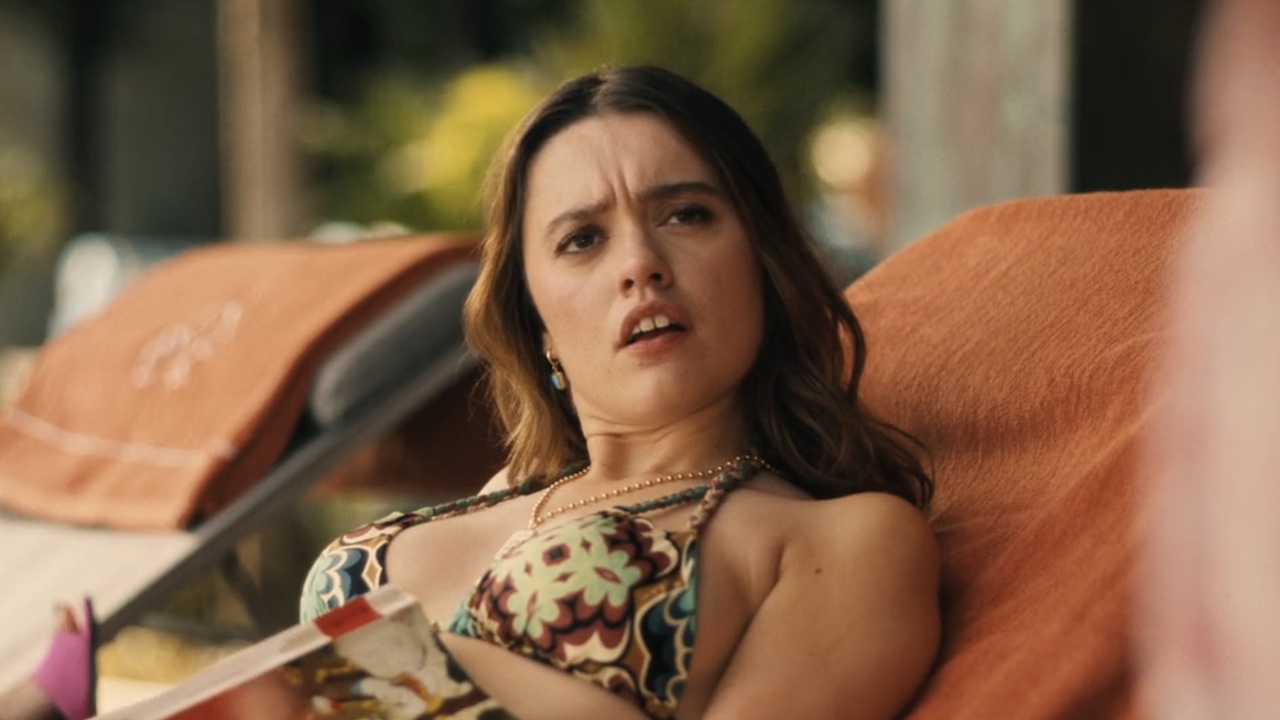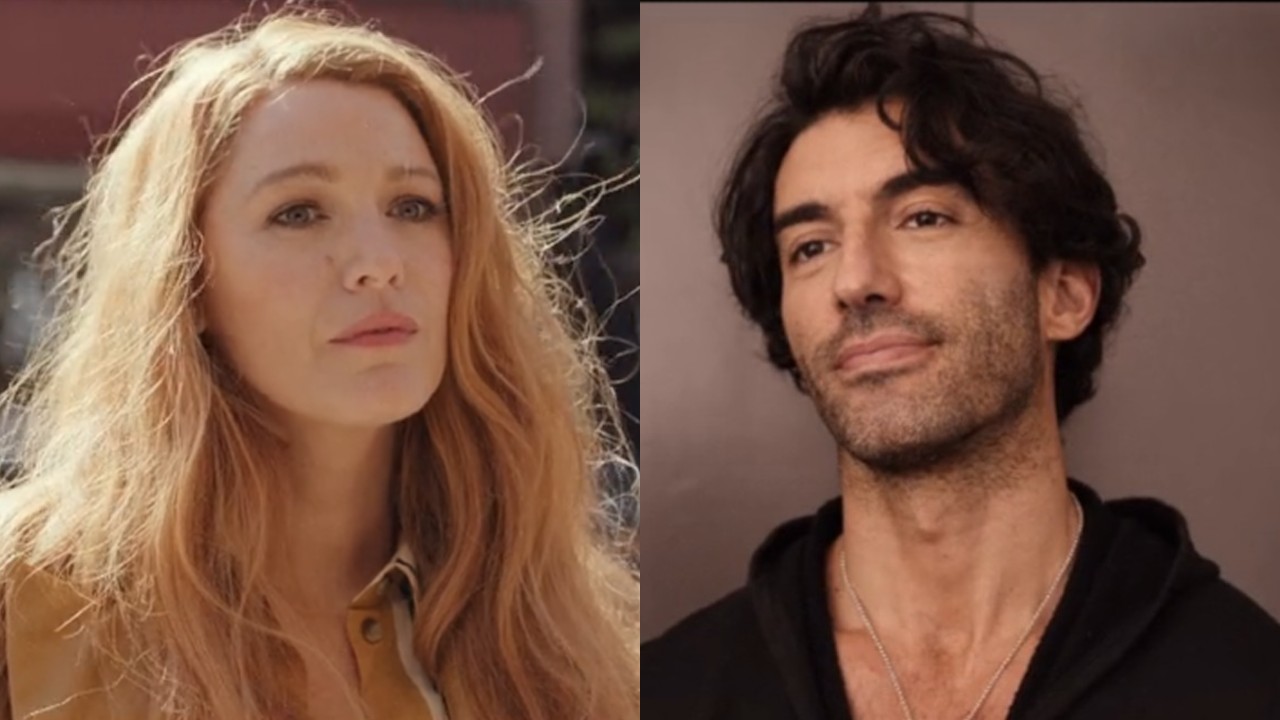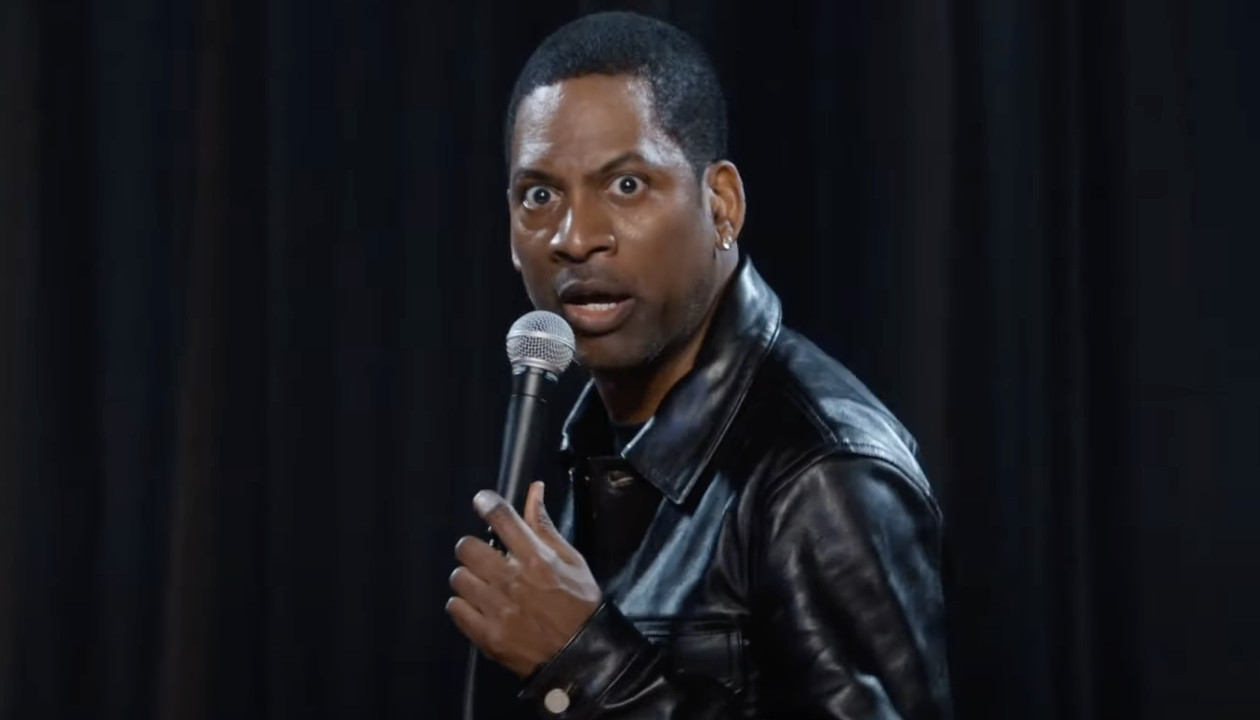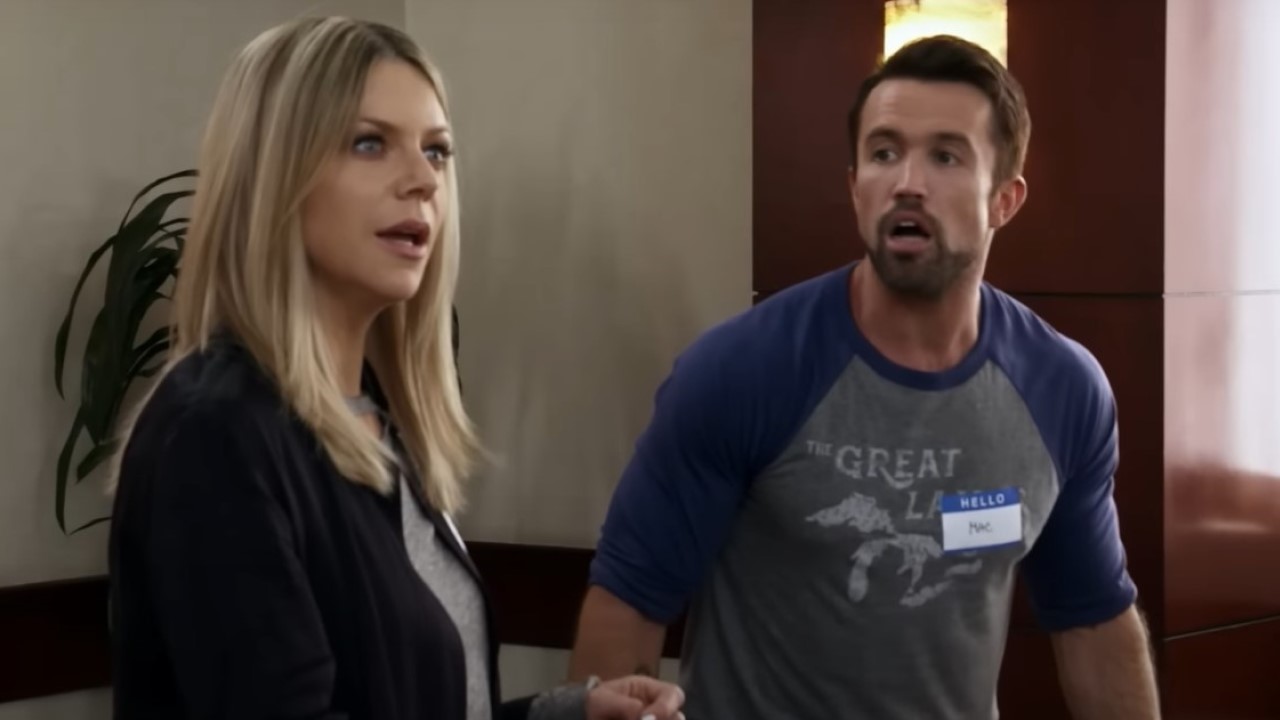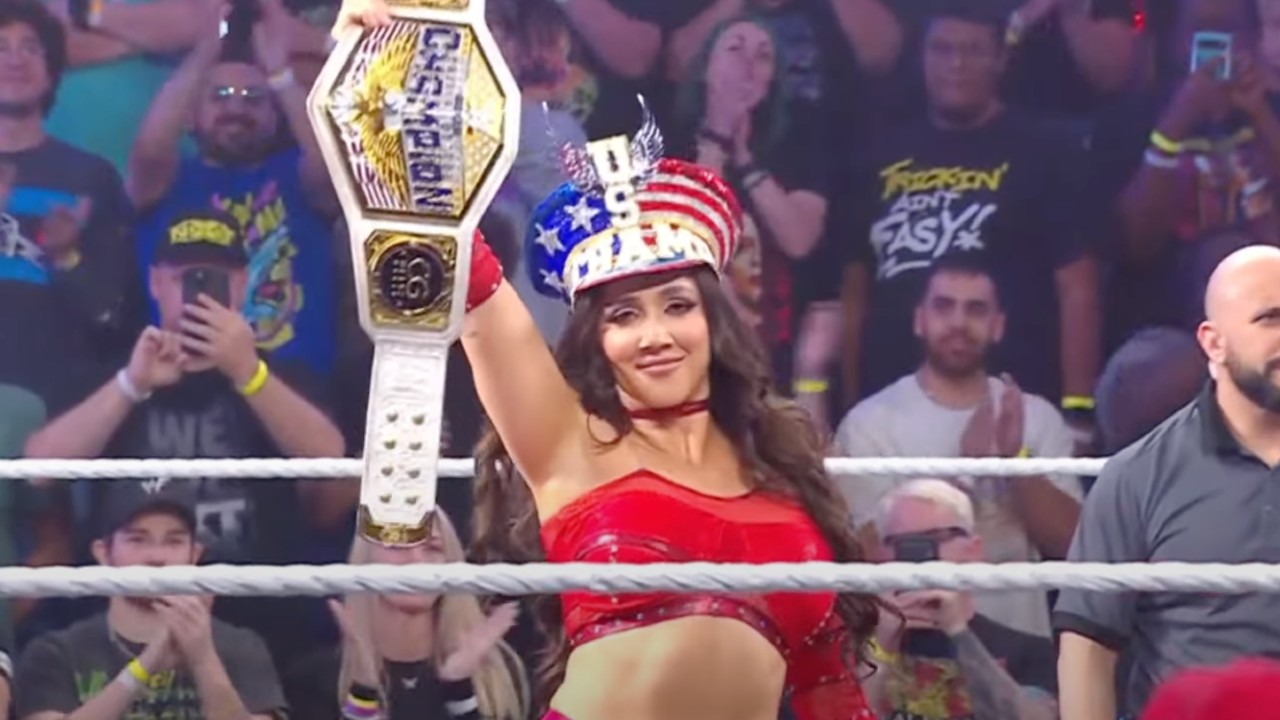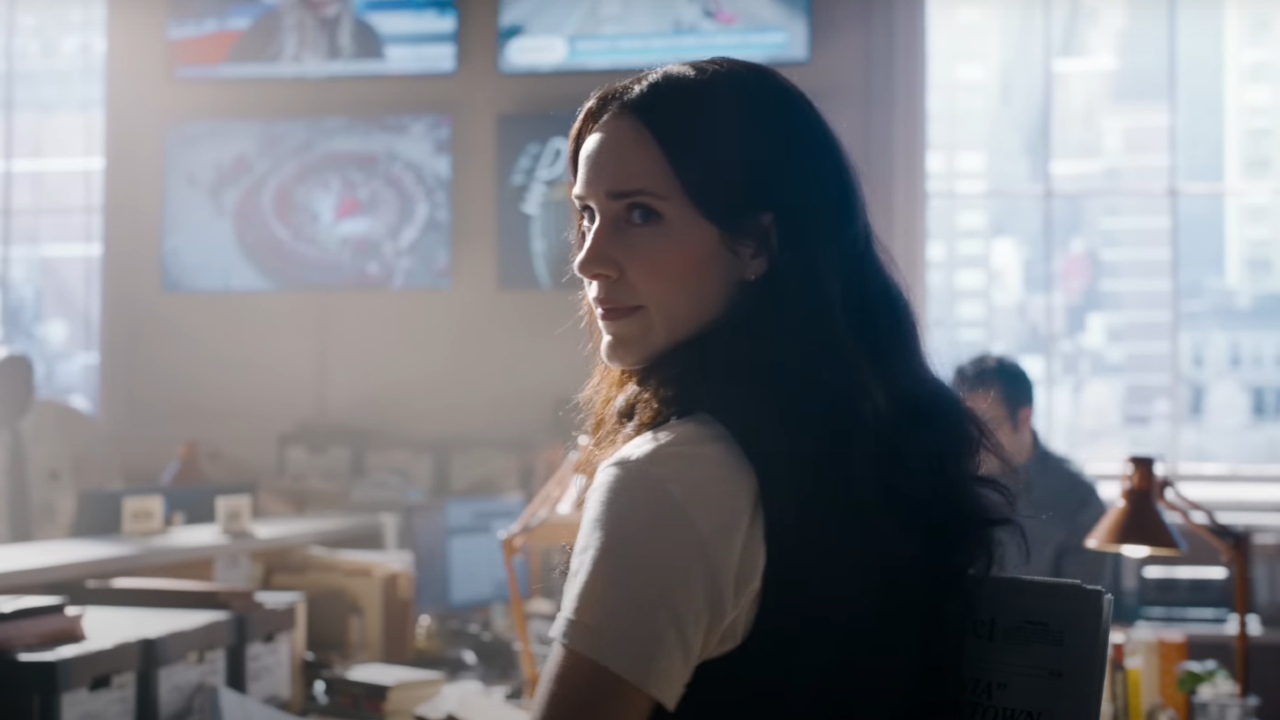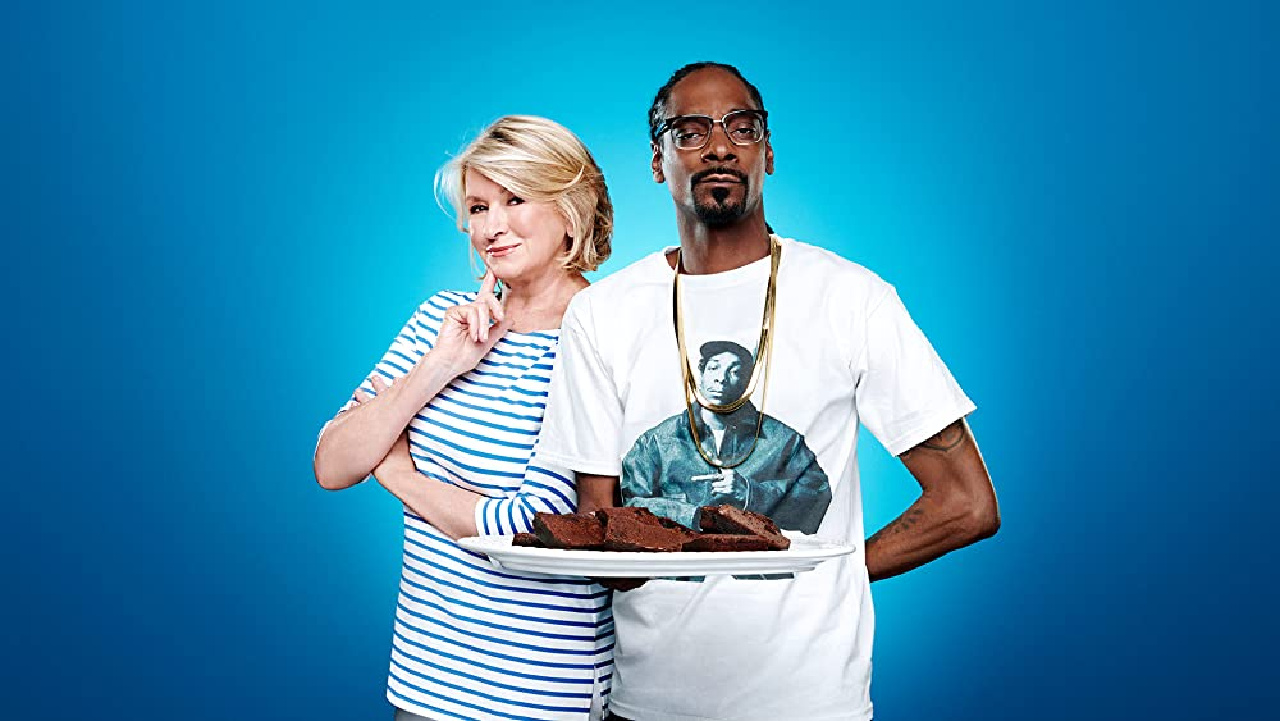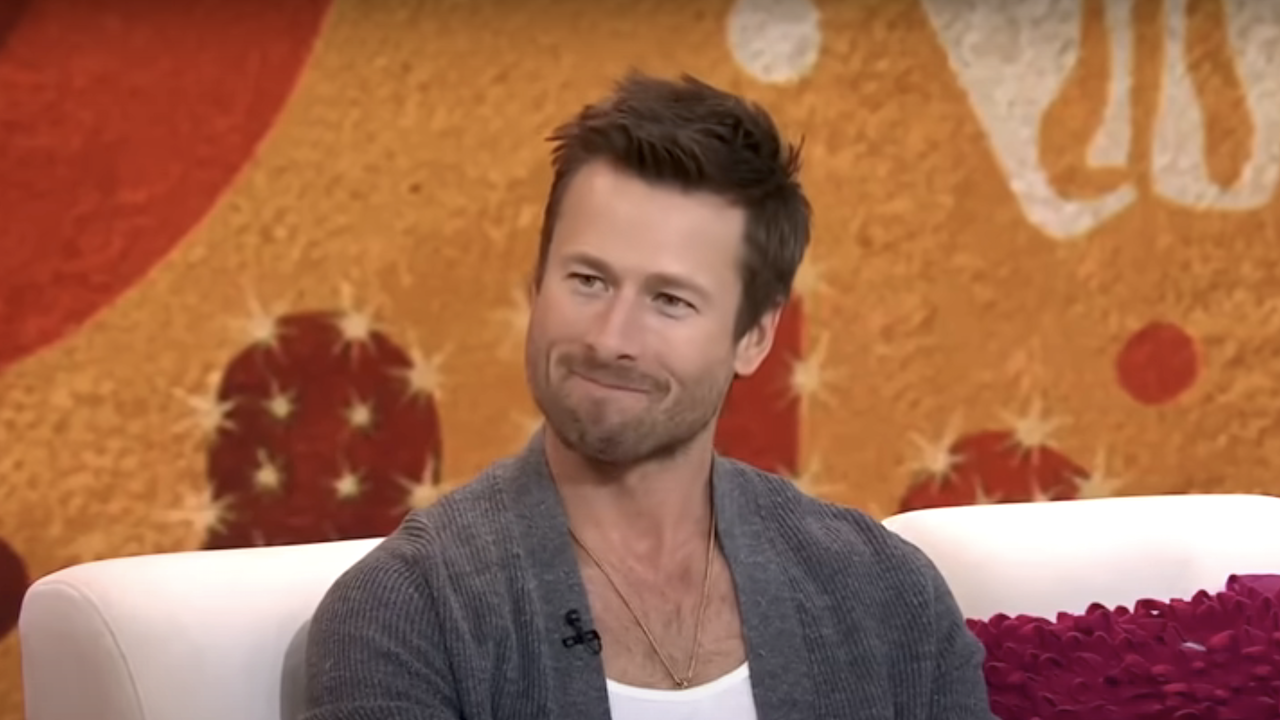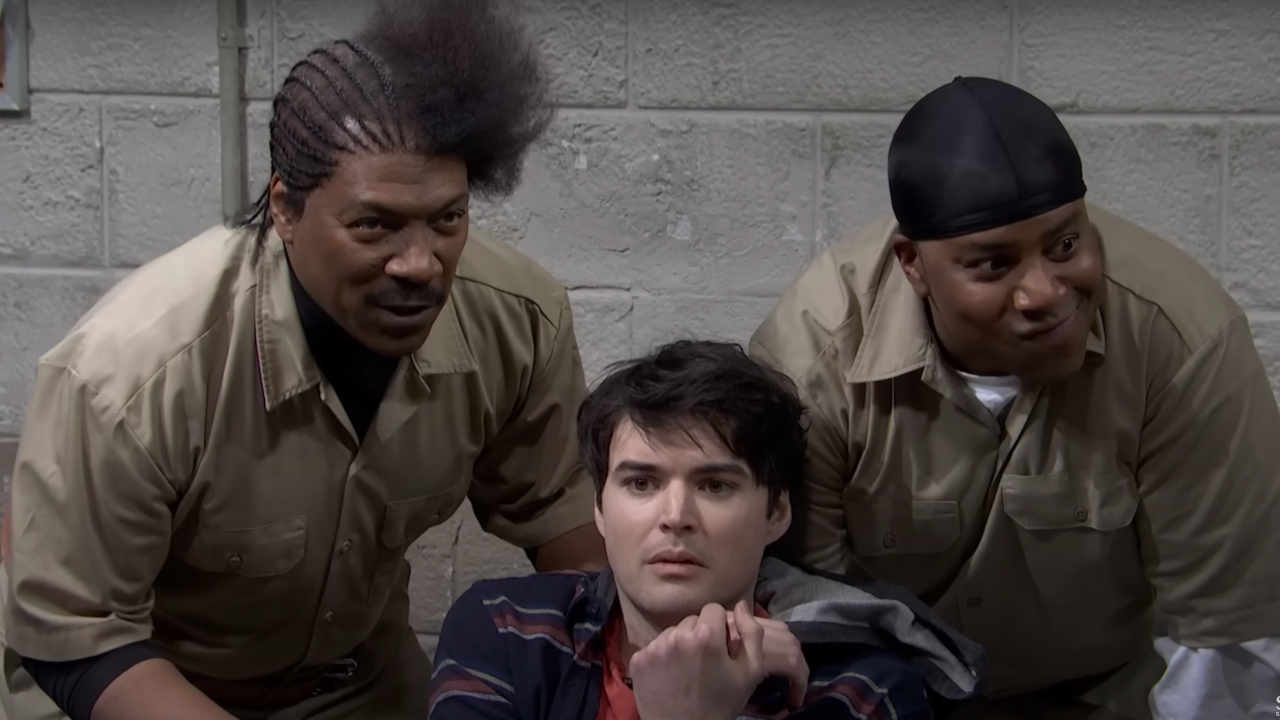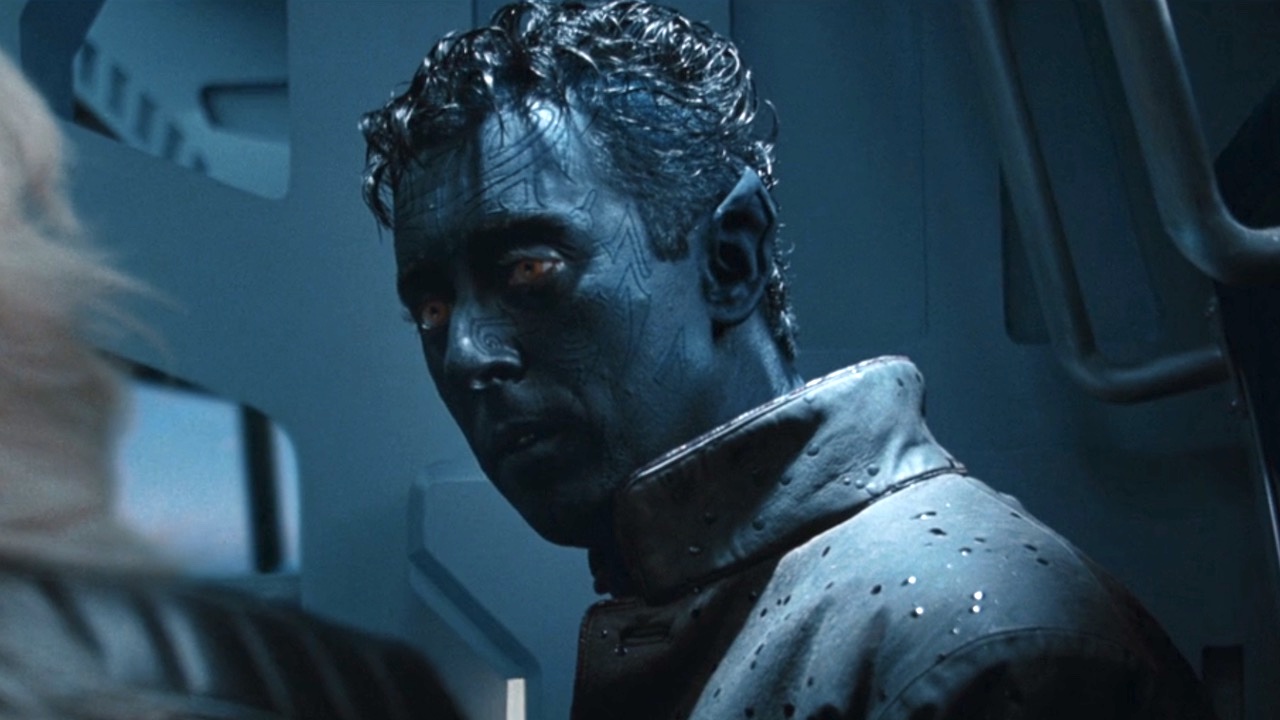6 Amazing Dark Tower Facts Glen Mazzara Revealed About His Failed Amazon Series
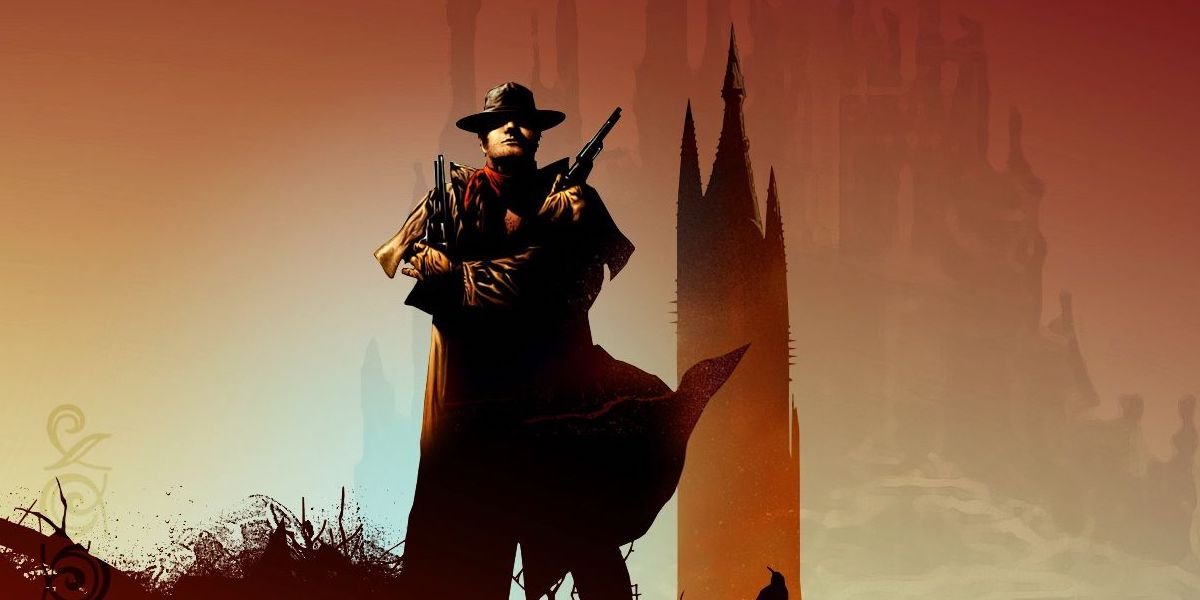
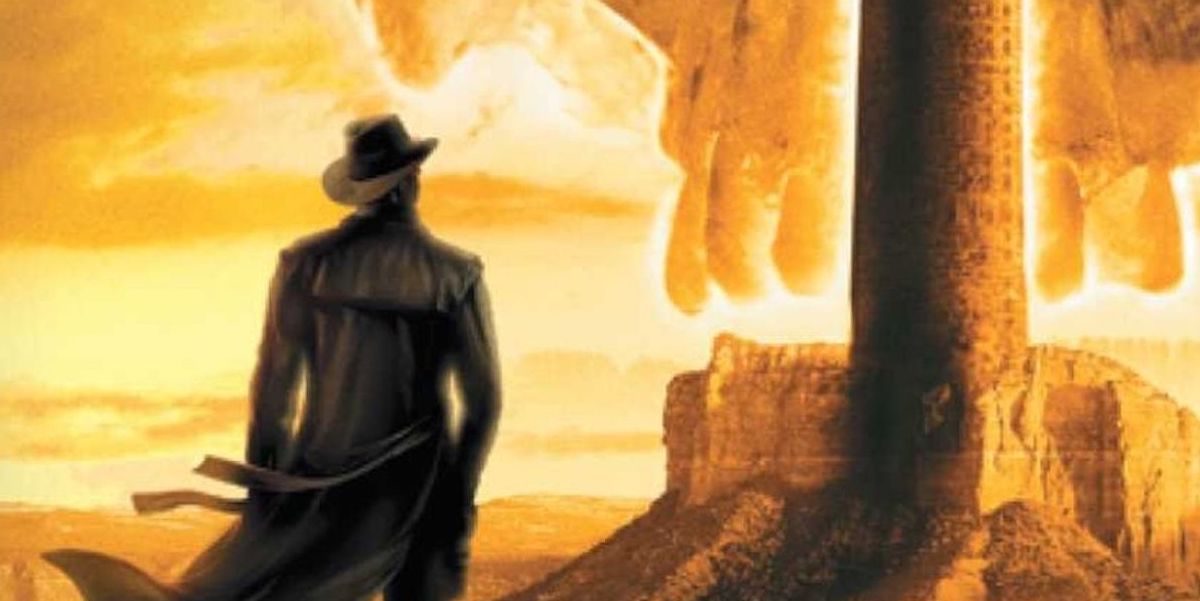
Hollywood generally loves adapting Stephen King’s books. The author’s unique and horrifying stories have inspired countless films and television projects over the years, with Doctor Sleep and the two IT movies triggering a recent resurgence in interest. One King property that has proven to be a massive struggle to adapt faithfully, though, is King’s Dark Tower saga. Understandably. The initial run of seven Dark Tower books recounts a massive story filled with numerous characters spread across several mystical lands. Translating it to the screen would be damn near impossible.
That hasn’t stopped people from trying. There was a movie, The Dark Tower, directed by Nikolaj Arcel and starring Matthew McConaughey and Idris Elba, who played King’s iconic gunslinger, Roland Deschain. And last year, The Walking Dead producer Glen Mazzara took a stab at bringing The Dark Tower to Amazon for a meaty series that would have constructed King’s universe on screen over the course of several episodes.
Glen Mazzara’s pilot for The Dark Tower didn’t get picked up by Amazon. But the showrunner recently appeared on The Kingcast podcast to dive into his vision for the pilot, for the show’s first season, and essentially it’s entire run. Mazzara shows incredible knowledge of King and the Dark Tower saga, and his approach to the material sounds fascinating. Here are six of the coolest things Mazzara told The Kingcast podcast about his TV series that never was to be.
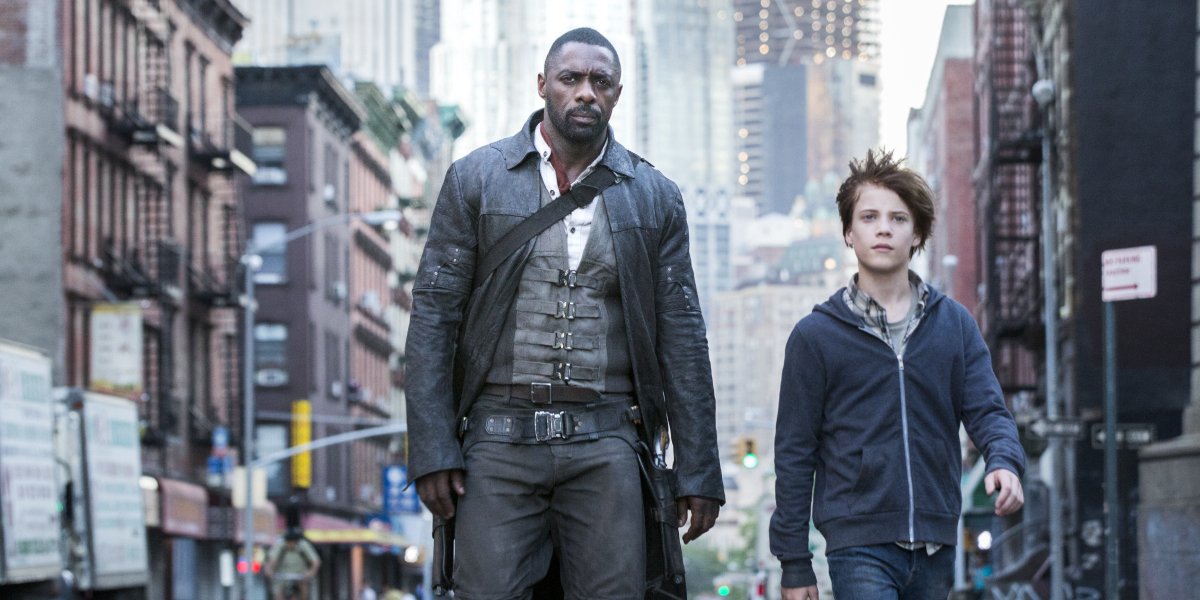
It focused on young Roland, so as not to conflict with the movie.
Stephen King’s Dark Tower series is unusual for this particular reason: It drops a prequel story right in the middle of its main arc. Book four of the saga, Wizard and Glass, tells a story of young Roland, which he shares with the members of his ka-tet (or close-knit group) while they ride on a train that is entertained by riddles.
I told you, the story is very strange. But Glen Mazzara told The Kingcast that he leaned into the story that was told in Wizard and Glass because it allowed him to play around with Roland as a character, and not interfere with the movie that Sony was bringing to theaters. This also allowed the series to give Roland a sizable backstory, as Mazzara breaks down an approach that fans of the book will appreciate.
The heart of that [story] was, young Roland catches Marten and Gabrielle in bed together. He catches them, and then he challenges Cort for his guns. And he uses David and, the whole sequence. It was really a lot of fun to write.
Cort was Roland’s mentor. Marten was Cort’s associate. Gabrielle was Roland’s mother. It was a sticky wicket, and the betrayal told readers a lot about the man that Roland eventually became… the hardened gunslinger on a mission to reach the Dark Tower. By starting here, Mazzara crafted a new arc, but one that structurally makes sense for a TV series.
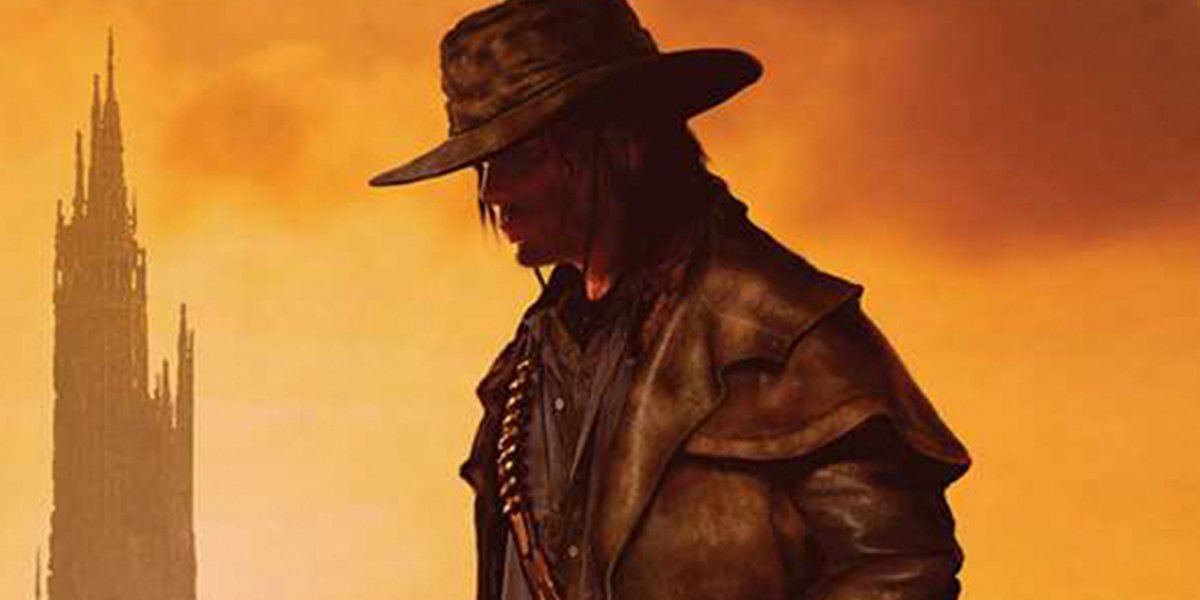
The pilot starts with Roland chasing someone across the desert…
But it’s not the Man in Black. It’s Marten, who he is pursuing because he caught Marten in bed with Roland’s mother, Gabrielle. Still with me?
CINEMABLEND NEWSLETTER
Your Daily Blend of Entertainment News
Stephen King’s first book in the Dark Tower series, The Gunslinger, begins with the seminal line, “The man in black fled across the desert, and the gunslinger followed.” In that story, Roland is pursuing a character known as The Man in Black – an adversary, but also a complicated character. Mazzara made a change, opening with Roland pursuing a character, but making it be Marten, because of the events of the book Wizard and Glass. Mazzara said this would bring Roland to the town of Hambrey, where he’d meet his true love, Susan, and the events of Wizard and Glass would play out. All of this would be seen in the pilot, and subsequent episodes in the first season of this show that will not materialize.
It was a very close adaptation. I had some stuff that I had to smooth out because there are gaps in the material that I had to make sure I was patching. But that was the plan for season one.
Is it too late for Amazon to change its mind?
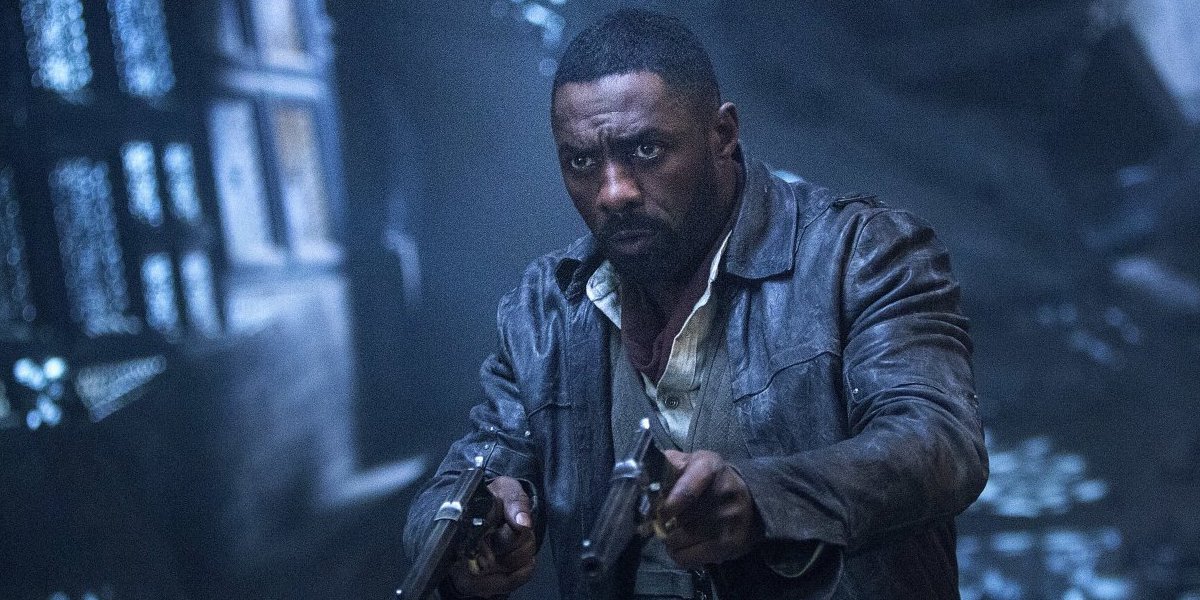
Mazzara had a very good reason not to start his TV series with The Gunslinger.
As the showrunner notes on The Kingcast, The Gunslinger is a strange book. Roland commits genocide by wiping out an entire town in the story. He lets a young boy, Jake, fall to his death during a pivotal scene. Roland gets raped by a demon. And at the end of the book, Roland falls asleep in a cave… and sleeps for decades.
On the page, it works. But Mazzara was very concerned that if he did a faithful adaptation of The Gunslinger over the course of his debut season, he would not get a second season.
So I thought, if we have a character that loses everything… and he feels responsible for it, then when he’s stumbling through that desert – to me that was going to be episode 3.04 – when he’s stumbling through that desert (we’ve seen him lose everybody in the Battle for Jericho Hill), then the audience is invested. The audience has gone through the process. The audience has lost all of that. And now the audience understands exactly who Roland is when he meets the adult ka-tet and he goes on his journey.
This is why Mazzara chose to lead with Wizard and Glass, which is book four in Stephen King’s saga, so that when he reached the events of King’s book one, the events would have more emotional weight.

The pilot episode was rewritten to include Roland’s ka-tet.
The ka-tet, in the Dark Tower realm, is a close-knit group who go on missions/adventures together. The group forms a bond, almost familial, and Roland takes the concept of ka-tet very, very seriously. In his early days, Roland’s ka-tet included two classic characters, Cuthbert and Alain. And Mazzara confirmed that he reworked his pilot to give these two men more to do.
When his Dark Tower initially was greenlit, Mazzara says he was given a budget to film two test episodes. But before filming began in Croatia, he reconfigured the pilot so that Cuthbert and Alain played a larger role because Mazzara wanted them featured earlier, because they were significant to Roland’s journey. As for the scope of the pilot, Mazzara said:
It was just incredible. It was just a scale that many people had not seen before for a TV pilot. … Unfortunately, I think the price point was really big and unfortunately, it just wasn’t picked up for a number of reasons. But I’m proud of what we did and really feel good about the work.
Unfortunately, it’s not something that’s readily available. The Kingcast guys saw it, so they could speak to Mazzara about it on their show. Beyond that, it’s left to our imaginations.
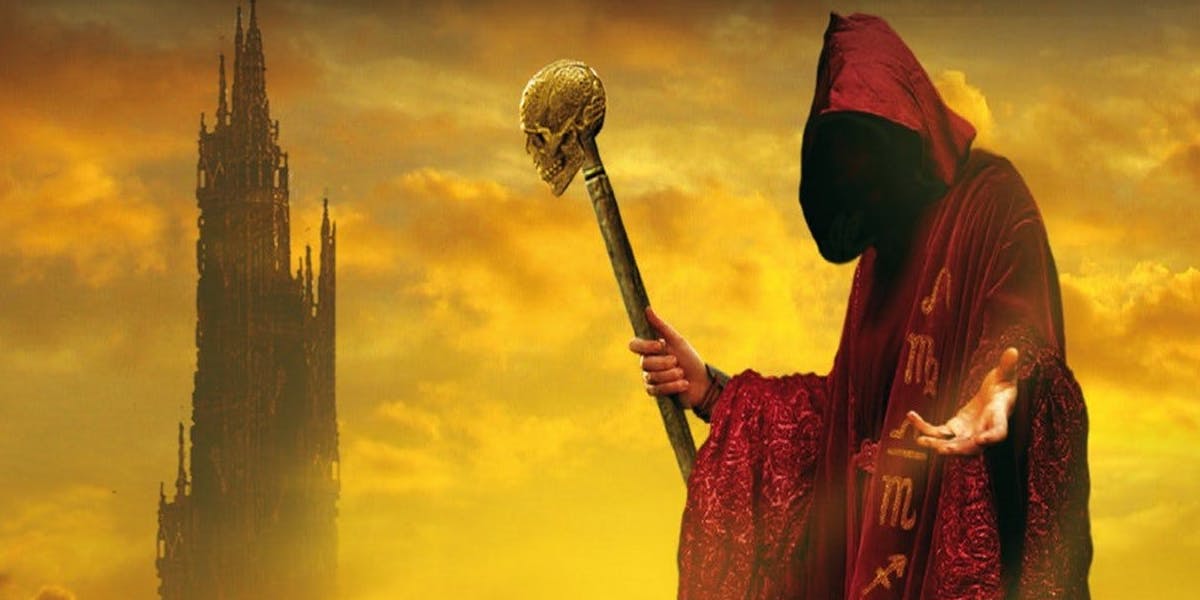
Somewhere during season three, Mazzara would have recast Roland.
This is a bombshell, though in context, it makes sense. In the bulk of Stephen King’s Dark Tower saga, Roland is an adult. He has lived many adventures, and he wears them on his weathered face.
By starting with a younger Roland, Glen Mazzara says he’d eventually use a time lapse somewhere during season three of the series, transitioning from the younger Roland who carried the early adventures of the series to the adult Roland readers of the Dark Tower books would recognize. Mazzara teased:
And then [you] go into Gunslinger, and then maybe, by the end of that season, go into The Drawing of the Three.
Podcast cohost Eric Vespe confirms with Mazzara that by the end of the third season, audiences would have seen Roland on the beach, possibly losing his fingers to lobster-type creatures. This is a pivotal moment in Book Two, The Drawing of the Three, and it sets up the introduction of characters who would be VERY important to Roland as the story unfolded.
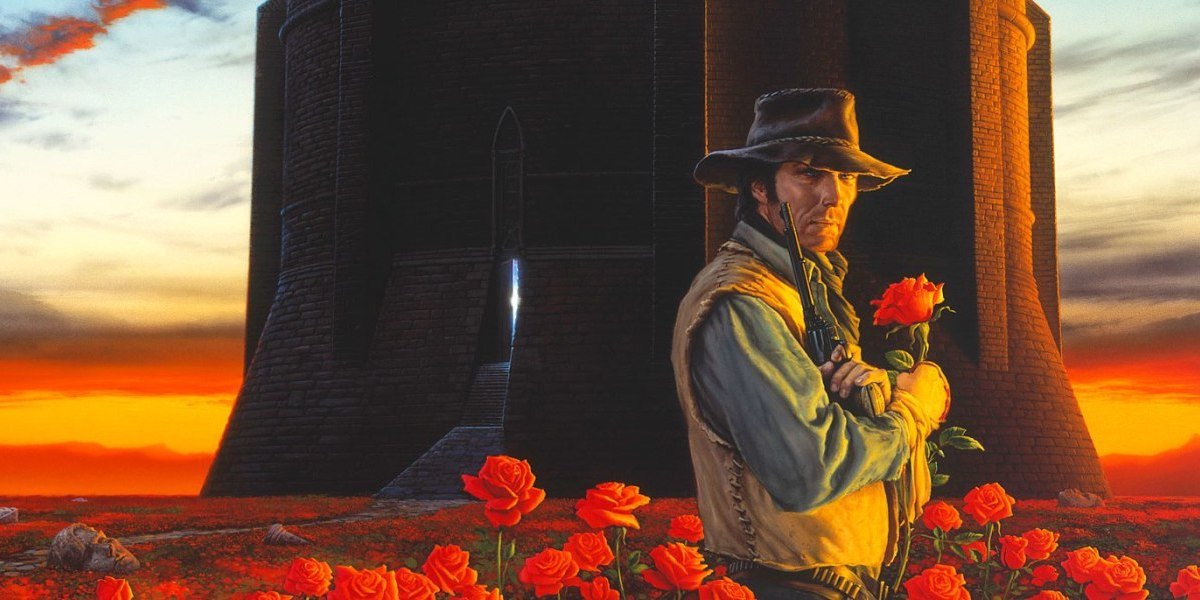
Stephen King wrote Mazzara praising one specific scene.
The tone of The Dark Tower is hard to pinpoint. The genre of the story fluctuates from book to book, and so pigeonholing the television series into either a Western, sci-fi or horror bucket would have been difficult. Mazzara said he worked very hard to make sure all of the elements of King’s story were all captured in one pilot episode. And he said he got the best compliment from the author.
At one point, Steve King wrote to me and he said, ‘Yeah, you nailed the weirdness.’
King apparently singled out one specific scene from the pilot, involving Roland in a cart being brought back from the desert. There’s a satellite dish on the house of a character named Brown. The man is a scavenger, who has picked up crap from the desert. Mazzara calls it an “outpost apocalyptic junkyard,” and he says King loved the setting so much he called it out to the showrunner, and gave it his blessing.
Yes, this sounds amazingly cool. But it’s also depressing that we didn’t get this version of King’s story on screen, and instead got a butchered version in the theatrical cut by Arcel. Not that I fully fault Arcel. I think he tried, with what he had. But Glen Mazzara shows so much more understanding and passion for King’s material. And for now, his Dark Tower sits on a shelf of unrealized projects, for all of us to lament.
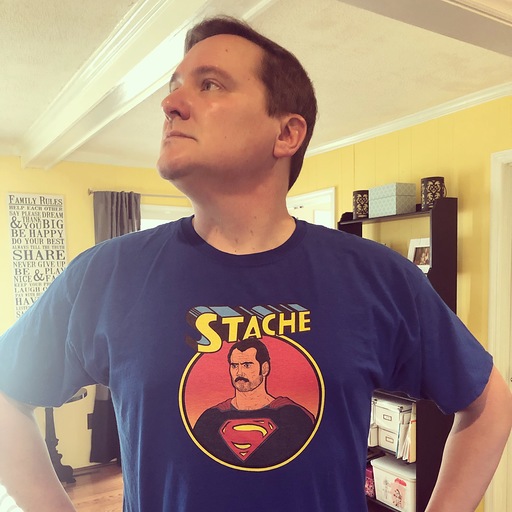
Sean O’Connell is a journalist and CinemaBlend’s Managing Editor. Having been with the site since 2011, Sean interviewed myriad directors, actors and producers, and created ReelBlend, which he proudly cohosts with Jake Hamilton and Kevin McCarthy. And he's the author of RELEASE THE SNYDER CUT, the Spider-Man history book WITH GREAT POWER, and an upcoming book about Bruce Willis.
